Indoor Plants Which Are Easy to Take Care Of : Stress-Free Greenery, If you’re looking to bring a touch of nature into your home without committing to a rigorous plant care routine, you’re in luck. Many indoor plants are not only visually appealing but also incredibly easy to take care of. This guide will walk you through some of the best low-maintenance indoor plants, their benefits, and tips for ensuring they thrive with minimal effort.
Benefits of Indoor Plants : Indoor Plants Which Are Easy to Take Care Of
Before diving into specific plant recommendations, it’s worth noting why having indoor plants can be beneficial:
Improved Air Quality: Plants absorb carbon dioxide and release oxygen, making the air in your home fresher.
Stress Reduction: Studies have shown that having plants in your living space can reduce stress and improve mental health.
Humidity Regulation: Plants can help maintain indoor humidity levels, which is beneficial for skin and respiratory health.
Aesthetic Appeal: A touch of greenery can transform any room, making it more inviting and lively.
Now, let’s explore some of the easiest indoor plants to care for.
- Spider Plant (Chlorophytum comosum)
Why It’s Great:
Spider plants are perfect for beginners. They are incredibly resilient and can thrive in a variety of conditions.
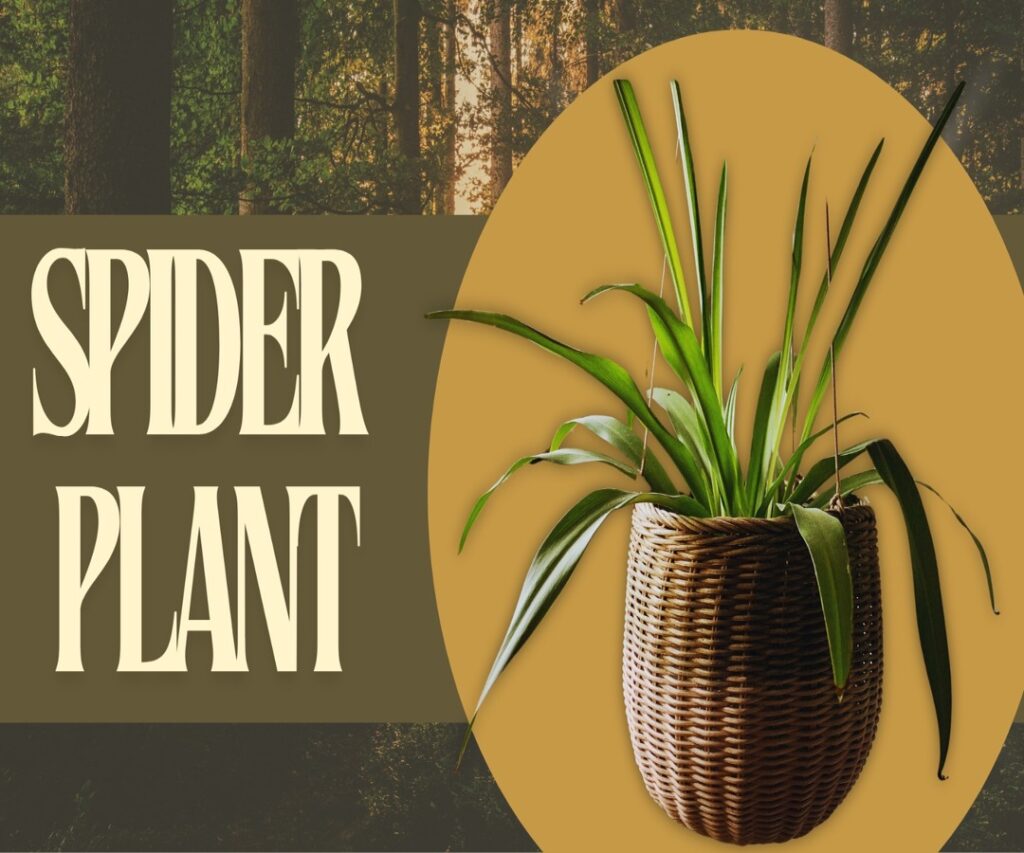
Care Tips:
Light: Prefers less light.
Water: Water less required to maintain the plant.
Temperature: Thrives in temperatures between 60-75°F (15-24°C).
Additional Info: Spider plants produce “babies” or offshoots that can be repotted to grow new plants.
- Snake Plant (Sansevieria trifasciata)
Why It’s Great:
Known for its striking appearance and hardiness, the snake plant is a popular choice for those who often forget to water their plants.
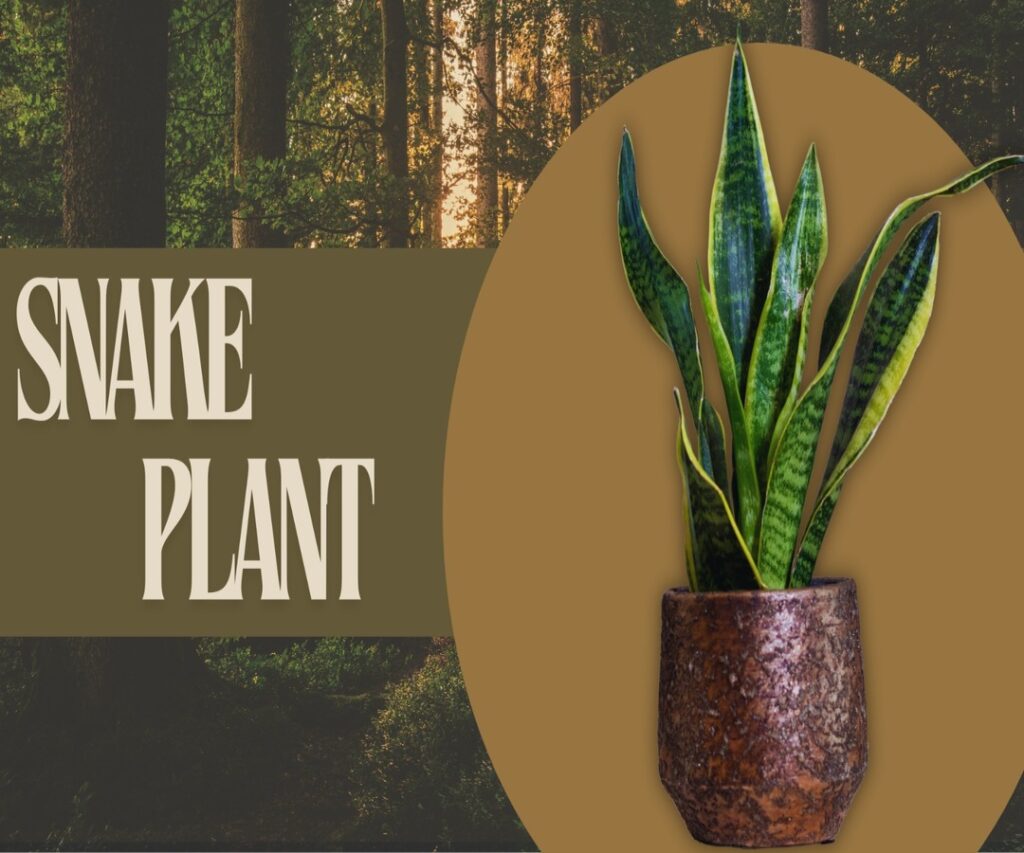
Care Tips:
Light: Prefers less light.
Water: Water less required to maintain the plant.
Temperature: Can withstand a wide range of temperatures but prefers 70-90°F (21-32°C).
Additional Info: It’s a natural air purifier, removing toxins such as formaldehyde and benzene from the air.
- ZZ Plant (Zamioculcas zamiifolia)
Why It’s Great:
The ZZ plant is nearly indestructible, making it ideal for those who travel frequently or are new to plant care.
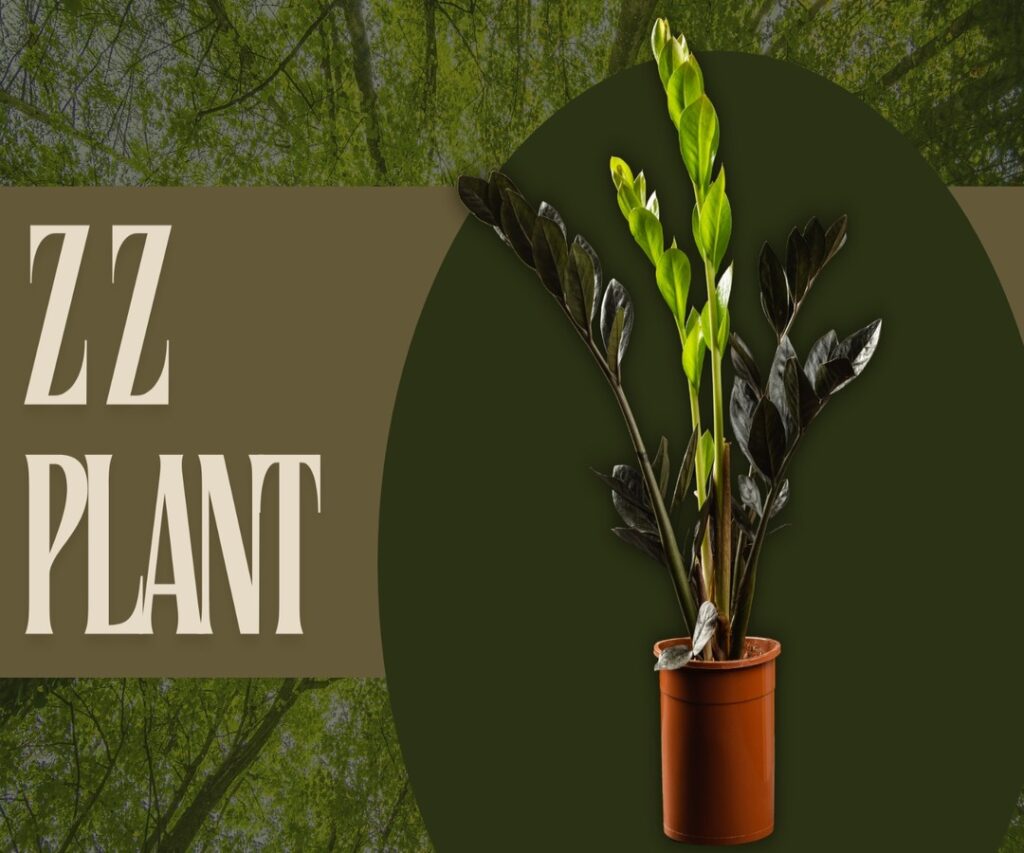
Care Tips:
Light: Thrives in low to bright indirect light.
Water: Water less required to maintain the plant. Every 2-3 weeks once only.
Temperature: Prefers temperatures between 65-75°F (18-24°C).
Additional Info: The ZZ plant can survive in low-light conditions, making it perfect for offices or darker rooms.
- Pothos (Epipremnum aureum)
Why It’s Great:
Pothos, also known as Devil’s Ivy, is a fast-growing vine that can thrive in a variety of environments.
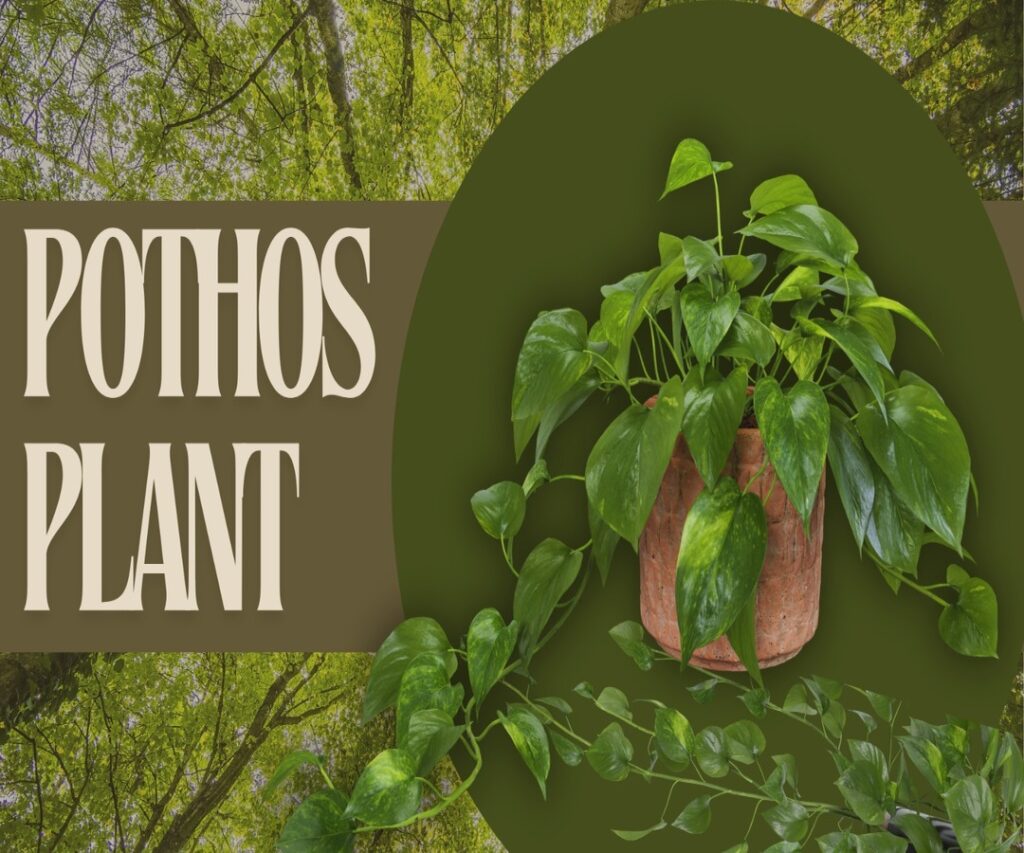
Care Tips:
Light: Prefers less light.
Water: Water less required to maintain the plant.
Temperature: Thrives in temperatures between 60-85°F (15-29°C).
Additional Info: It can be trained to climb a trellis or allowed to trail from a hanging basket.
- Peace Lily (Spathiphyllum)
Why It’s Great:
Peace lilies are known for their elegant white flowers and air-purifying qualities.
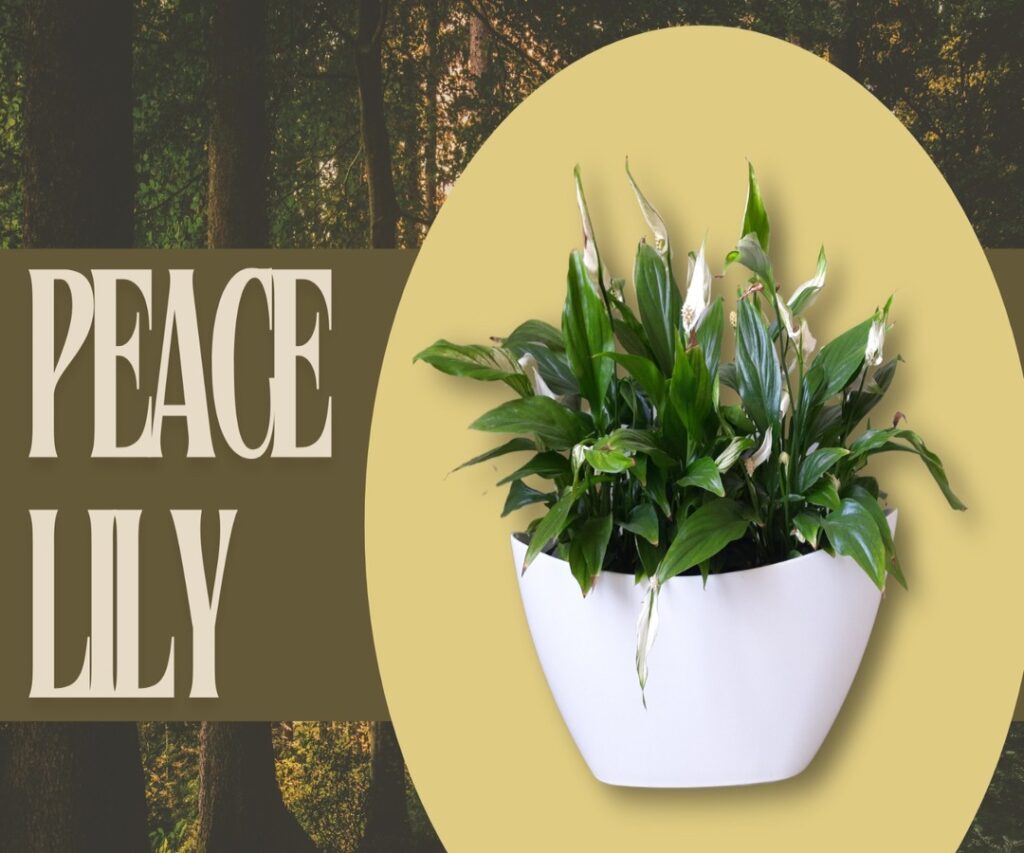
Care Tips:
Light: Prefers low to medium light.
Water: Keep the soil consistently moist.
Temperature: Prefers temperatures between 68-85°F (20-30°C).
Additional Info: It will droop when it needs water, making it easy to know when to water it.
- Aloe Vera (Aloe barbadensis miller)
Why It’s Great:
Aloe Vera is not only easy to care for but also has medicinal properties. The gel from its leaves can be used to treat minor cuts and burns.
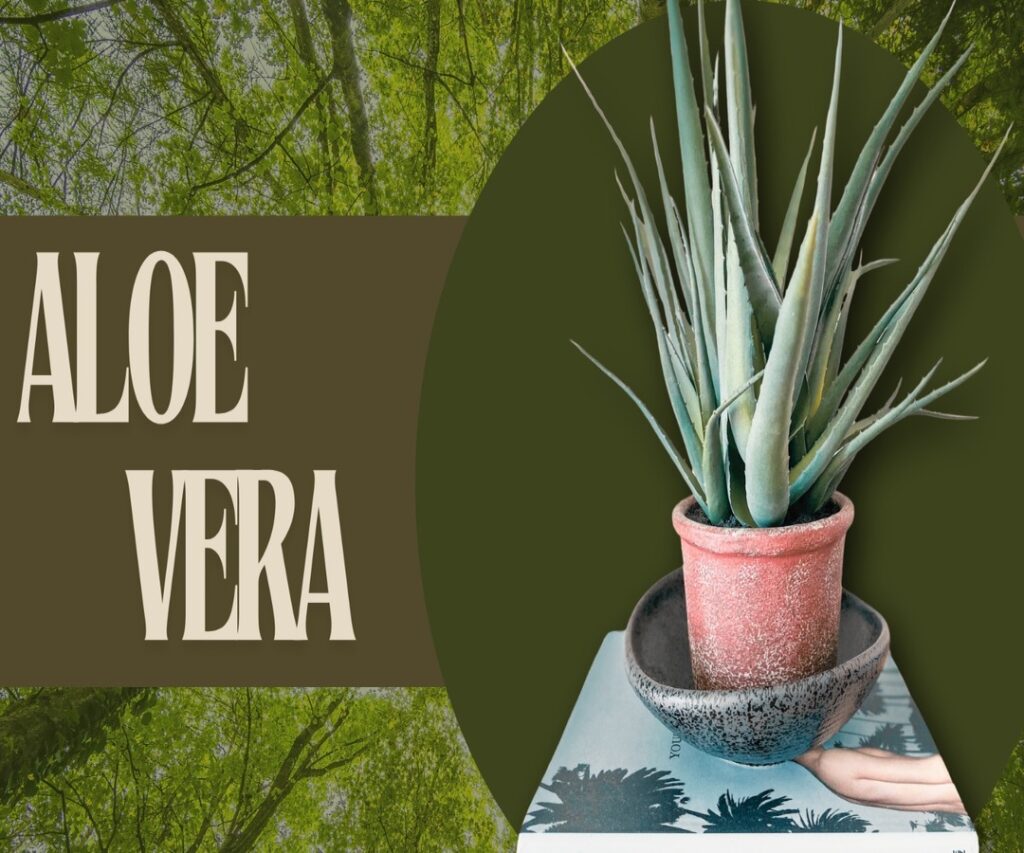
Care Tips:
Light: Prefers less light.
Water: Water less required to maintain the plant.
Temperature: Thrives in temperatures between 55-80°F (13-27°C).
Additional Info: It’s a succulent, so it stores water in its leaves and can go a long time without watering.
- Philodendron
Why It’s Great:
Philodendrons are popular for their lush, green foliage and easy-going nature.
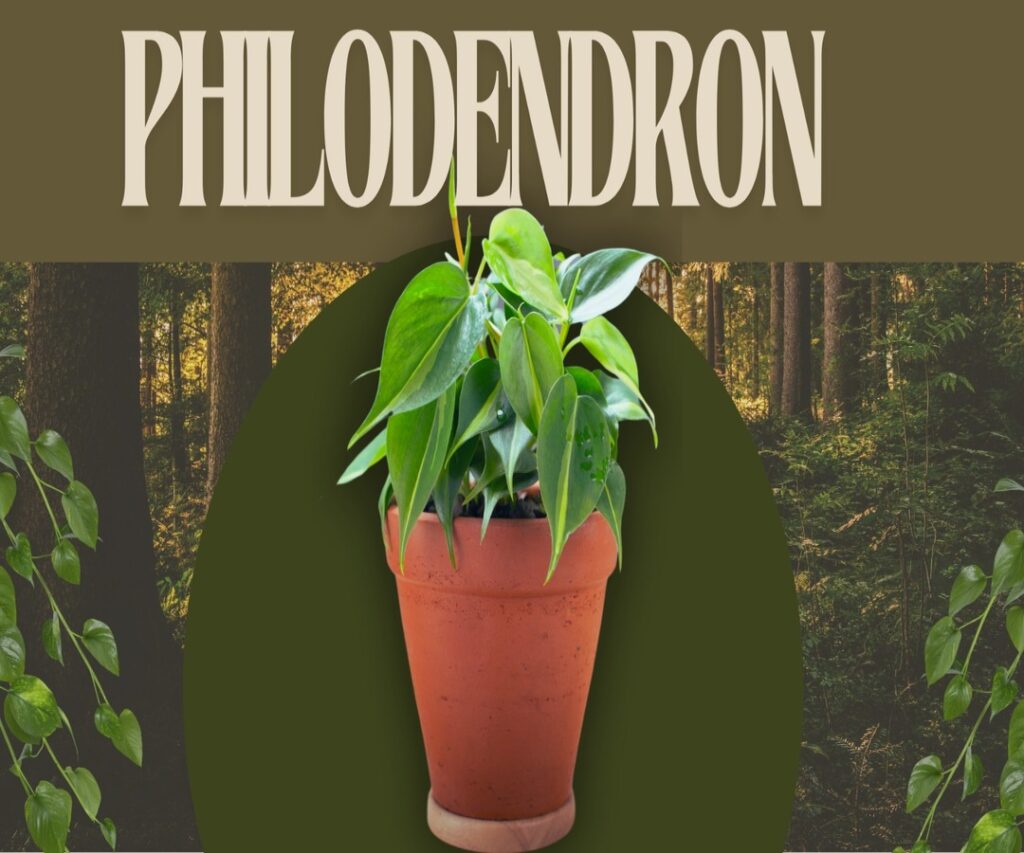
Care Tips:
Light: Prefers less light.
Water: Water less required to maintain the plant.
Temperature: Thrives in temperatures between 65-80°F (18-27°C).
Additional Info: There are many varieties, including the popular heartleaf philodendron and the larger, split-leaf philodendron.
- Rubber Plant (Ficus elastica)
Why It’s Great:
The rubber plant is known for its large, glossy leaves and can grow into a tall, statement piece.
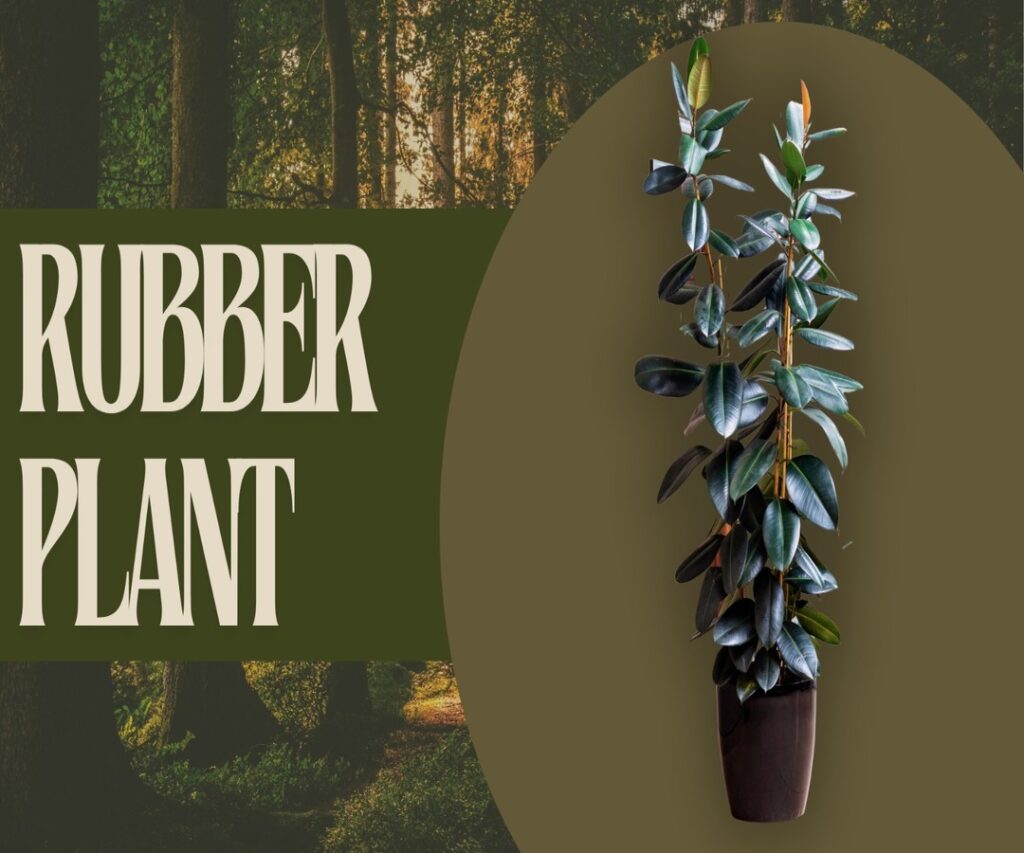
Care Tips: Indoor Plants Which Are Easy to Take Care Of
Light: Prefers less light.
Water: Water less required to maintain the plant.
Temperature: Prefers temperatures between 60-75°F (15-24°C).
Additional Info: Wipe the leaves occasionally to remove dust and keep them shiny.
- Cast Iron Plant (Aspidistra elatior)
Why It’s Great:
As the name suggests, the cast iron plant is incredibly tough and can survive neglect.
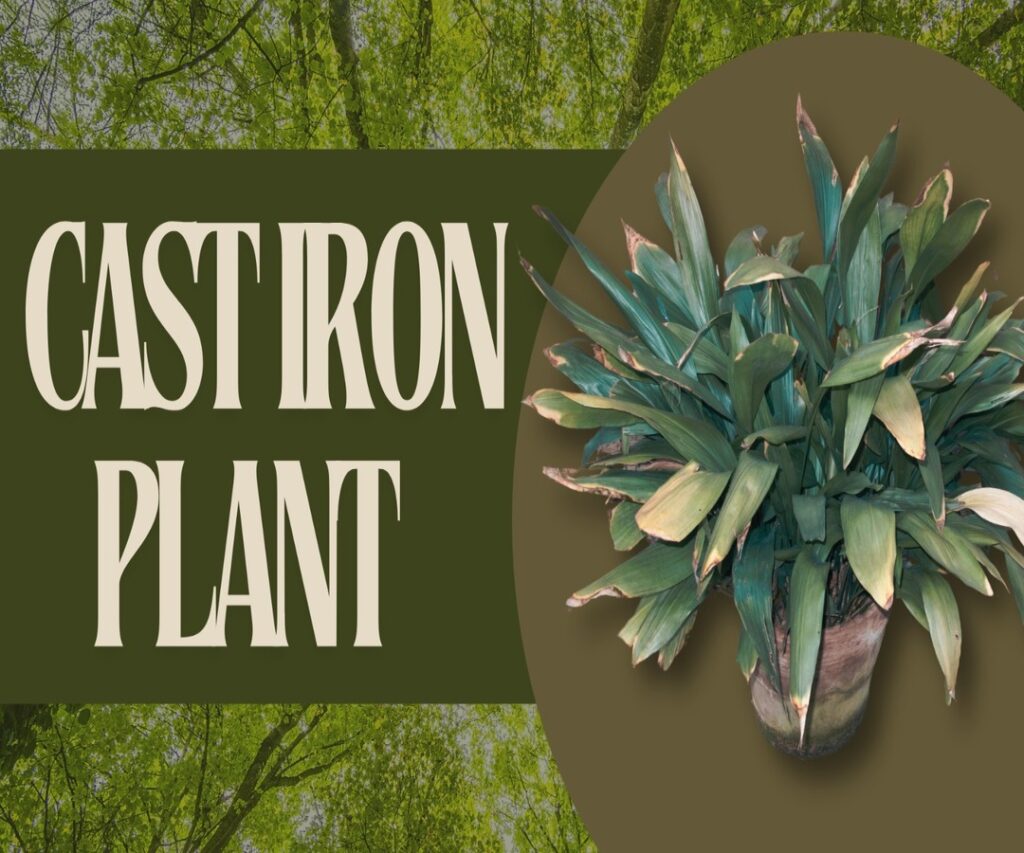
Care Tips:
Light: Prefers less light.
Water: Water less required to maintain the plant.
Temperature: Thrives in temperatures between 50-85°F (10-29°C).
Additional Info: It’s slow-growing but extremely durable.
- Chinese Evergreen (Aglaonema)
Why It’s Great:
Chinese evergreens are known for their attractive, variegated leaves and their ability to thrive in low light.
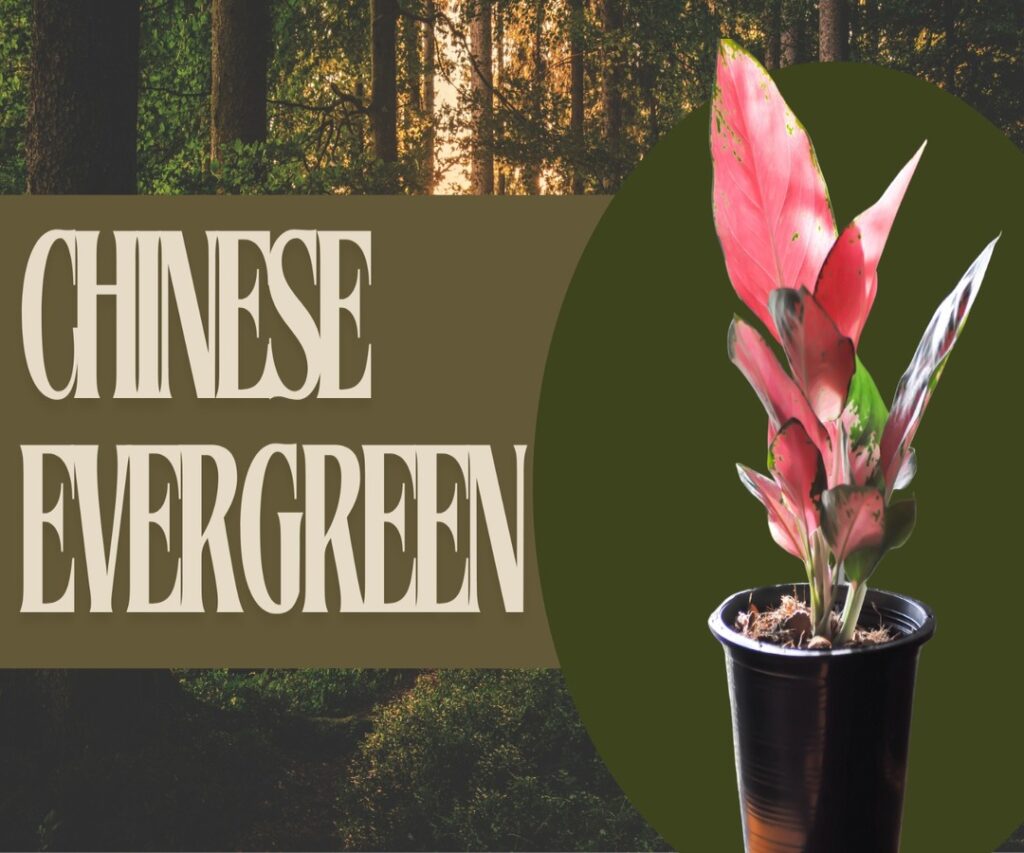
Care Tips:
Light: Prefers low to medium light.
Water: Water less required to maintain the plant.
Temperature: Prefers temperatures between 60-75°F (15-24°C).
Additional Info: It’s a slow grower but can live for many years with minimal care.
Tips for Low-Maintenance Plant Care
While these plants are easy to care for, here are a few general tips to keep them healthy:
Proper Lighting: Ensure your plants get the right amount of light. While many of these plants can tolerate low light, they’ll thrive in bright, indirect light.
Correct Watering: Overwatering is a common mistake. Make sure to let the soil dry out between waterings, especially for succulents and plants like the ZZ plant.
Humidity: Most indoor plants prefer a humid environment.
Indoor Plants Which Are Easy to Take Care Of , do more than just improve air quality and provide health benefits—they significantly enhance the beauty and ambiance of your home. Here’s how incorporating indoor plants can transform your living space:
- Adding Natural Elements : Indoor Plants Which Are Easy to Take Care Of.
Plants bring a touch of nature indoors, creating a serene and calming environment. The presence of green foliage and natural elements can make any space feel more alive and inviting. This connection to nature, known as biophilia, has been shown to reduce stress and improve overall well-being. - Creating Visual Interest :Indoor Plants Which Are Easy to Take Care Of.
The variety in plant shapes, sizes, and colors can create dynamic visual interest in any room. From the tall and striking fiddle leaf fig to the trailing vines of a pothos, plants can serve as focal points or complementary decor pieces. Variegated leaves and unique plant forms add texture and depth to your interior design. - Complementing Interior Styles : Indoor Plants Which Are Easy to Take Care Of
Indoor plants can seamlessly blend with various interior design styles, from modern and minimalist to rustic and bohemian. Here’s how plants can complement different decor themes: - Filling Empty Spaces : Indoor Plants Which Are Easy to Take Care Of.
Indoor plants are excellent for filling empty corners and awkward spaces that might otherwise go unused. Tall plants like the rubber plant or peace lily can fill vertical space, while smaller plants like succulents or ferns can occupy shelves and tabletops, adding life to every nook and cranny. - Softening Hard Lines : Indoor Plants Which Are Easy to Take Care Of.
In rooms dominated by straight lines and sharp angles, plants can soften the overall look. The organic shapes of leaves and stems introduce curves and irregular forms that balance out rigid furniture and architectural features. This contrast helps create a more harmonious and visually appealing space. - Enhancing Color Schemes : Indoor Plants Which Are Easy to Take Care Of
Plants can either complement or contrast with your existing color scheme. Green foliage is versatile and pairs well with most colors, acting as a neutral element that ties different decor pieces together. Flowering plants like peace lilies or orchids add pops of color, providing natural accents that can brighten up any room. - Promoting a Sense of Tranquility : Indoor Plants Which Are Easy to Take Care Of
The presence of plants has a calming effect, promoting relaxation and tranquility. This is particularly beneficial in spaces meant for unwinding, such as bedrooms and living rooms. The gentle rustling of leaves and the sight of greenery can create a peaceful atmosphere that helps you feel more at ease. - Increasing Visual Balance : Indoor Plants Which Are Easy to Take Care Of
Plants can help balance visual weight in a room. For instance, a tall plant in a corner can offset a large piece of furniture on the opposite side, creating symmetry and equilibrium. Grouping plants of different heights and sizes can also add a layered, balanced look to your decor. - Personalizing Your Space : Indoor Plants Which Are Easy to Take Care Of
Plants are a form of personal expression. The types of plants you choose, the pots and planters you use, and how you arrange them reflect your unique style and personality. This personalization makes your home feel more yours and can be a fun way to experiment with interior design. - Improving Lighting Dynamics : Indoor Plants Which Are Easy to Take Care Of.
Plants can influence the lighting in your home by casting interesting shadows and creating interplay with natural and artificial light sources. Placing plants near windows can diffuse sunlight, creating a softer, more pleasant illumination throughout the day. At night, strategically placed plants can interact with lamp light, adding to the ambiance.
Practical Tips for Decorating with Indoor Plants : Indoor Plants Which Are Easy to Take Care Of.
To maximize the aesthetic impact of indoor plants, consider these practical tips:
Use a Variety of Plants: Mix and match different types of plants to create a diverse and interesting display. Combine tall plants with trailing ones and mix in some compact plants to add variety.
Choose Stylish Planters: The pots and planters you choose can enhance the overall look. Opt for stylish, decorative pots that match your interior design. From minimalist ceramic pots to rustic wooden planters, there’s something for every style.
Create Groupings: Group plants together to create mini indoor gardens. This can be done on shelves, windowsills, or tabletops. Groupings make a stronger visual impact than scattered individual plants.
Incorporate Plant Stands and Shelves: Elevate your plants using stands and shelves to create different levels of height. This adds dimension to your space and makes it easier to see and enjoy each plant.
Use Plants as Room Dividers: Large plants can act as natural room dividers, defining different areas within an open-plan space. This not only adds greenery but also improves the functionality of your layout.
Rotate Plants: Regularly rotate your plants to ensure even growth and to refresh the look of your decor. This prevents plants from leaning towards the light and keeps them looking their best.
Indoor Plants Which Are Easy to Take Care Of : Indoor plants are more than just decorative items—they are living elements that enhance the beauty, comfort, and harmony of your home. By carefully selecting and arranging easy-to-care-for plants, you can create a stunning and inviting space that reflects your style and promotes well-being. So go ahead, embrace the green revolution and transform your home into a lush indoor oasis.
What are the best indoor plants for beginners?
Some of the best indoor plants for beginners include the spider plant, snake plant, ZZ plant, pothos, peace lily, aloe vera, philodendron, rubber plant, cast iron plant, and Chinese evergreen. These plants are known for their hardiness and low-maintenance care requirements.
How often should I water my indoor plants?
The watering needs vary depending on the type of plant. Generally, most indoor plants should be watered when the top inch of soil feels dry. Succulents and cacti need less frequent watering, while plants like peace lilies prefer consistently moist soil.
Can indoor plants survive in low light?
Yes, several indoor plants can thrive in low light conditions. Some examples include the snake plant, ZZ plant, pothos, peace lily, and Chinese evergreen. These plants can tolerate low light but also appreciate bright, indirect light when available.
What are the signs that my indoor plant needs water?
Common signs that a plant needs water include wilting, dry or crispy leaves, and soil that is pulling away from the edges of the pot. Some plants, like the peace lily, visibly droop when they need water and perk up after watering.
How do I prevent overwatering my indoor plants?
To prevent overwatering, ensure that your plant pots have drainage holes and use well-draining soil. Allow the top inch of soil to dry out before watering again. Additionally, avoid letting plants sit in water-filled saucers.
What kind of light do indoor plants need?
Most indoor plants prefer bright, indirect light. However, some plants, like the snake plant and ZZ plant, can tolerate low light conditions. It’s essential to know the specific light requirements of each plant to ensure they thrive.
How can I increase humidity for my indoor plants?
To increase humidity, you can mist your plants with water, place a tray of water near the plants, use a humidifier, or group plants together. Certain plants, like ferns and tropical species, benefit from higher humidity levels.
How do I clean the leaves of my indoor plants?
You can clean the leaves by gently wiping them with a damp cloth to remove dust and debris. For plants with smaller leaves, you can use a soft brush or spray the leaves with water and let them air dry.
What should I do if my indoor plant has pests?
If you notice pests like spider mites, aphids, or mealybugs, isolate the affected plant to prevent the pests from spreading. Treat the plant with insecticidal soap or a mixture of water and mild dish soap. Regularly check your plants for signs of pests.
How do I know if my indoor plant needs repotting?
Signs that a plant needs repotting include roots growing out of the drainage holes, soil that dries out quickly, and stunted growth. Repotting every 1-2 years helps provide fresh nutrients and space for the plant to grow. Choose a pot that is one size larger than the current one.
How often should I fertilize my indoor plants?
Most indoor plants benefit from fertilization during the growing season (spring and summer). A balanced, water-soluble fertilizer applied every 4-6 weeks is usually sufficient. Reduce or stop fertilization during the fall and winter months when plant growth slows down.
Can I use regular garden soil for indoor plants?
It’s best to use a potting mix specifically designed for indoor plants, as regular garden soil can be too dense and may not drain well, leading to root rot. Potting mixes are formulated to provide the right balance of nutrients, aeration, and drainage.
How do I choose the right pot for my indoor plants?
Choose a pot with drainage holes to prevent water from sitting in the bottom and causing root rot. Ensure the pot is the right size for the plant; too large, and it may retain too much moisture, too small, and it may restrict root growth.
What are some easy-to-care-for flowering indoor plants?
The peace lily is an excellent example of a flowering indoor plant that is easy to care for. It produces elegant white flowers and thrives in low to medium light. Another option is the African violet, which blooms in various colors and requires minimal care.




